Mumbai: In a bold reimagining of India’s coastal infrastructure, Maharashtra is engineering history on the Arabian Sea. Rising from reclaimed waters near Palghar district, India’s first offshore airport—and Mumbai’s third aviation gateway—is taking shape alongside the colossal Vadhavan Port. This isn’t just another runway; it’s a $9+ billion statement of intent, positioning Mumbai alongside global titans like London and New York as a multi-airport metropolis .
Why the Sea? The Logic Behind an Offshore Marvel
Land scarcity has long throttled Mumbai’s infrastructure dreams. The Vadhvan solution? Create new territory. Inspired by engineering triumphs like Hong Kong International and Osaka’s Kansai Airport, this artificial island project bypasses the brutal land acquisition challenges that plague Indian megaprojects . But the vision extends beyond convenience:
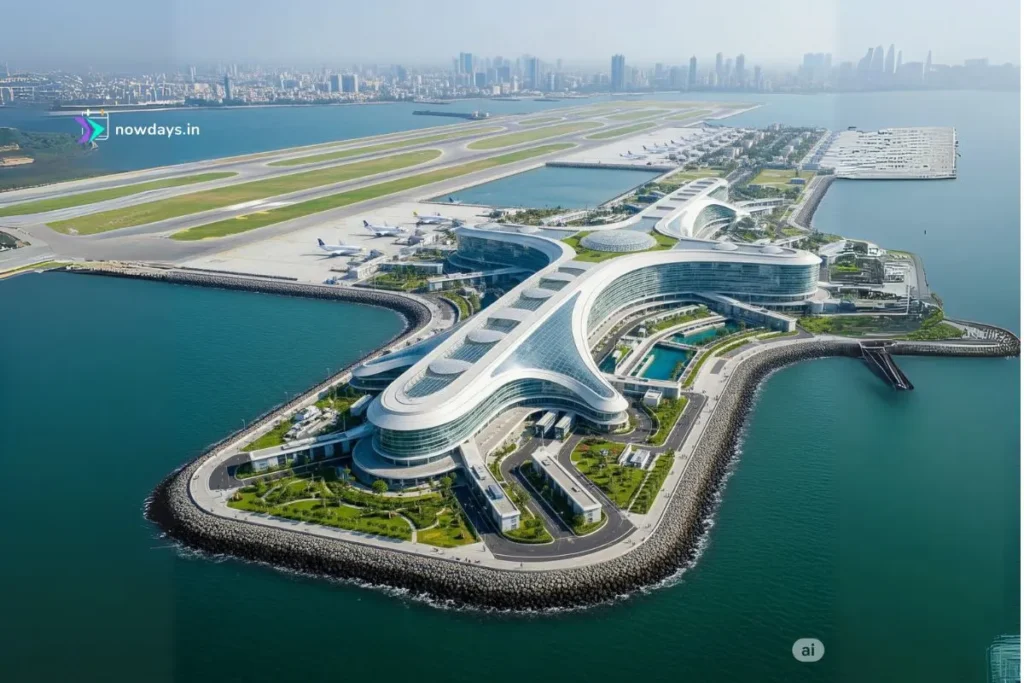
- Tri-Airport Metropolis: With CSMIA saturated and Navi Mumbai International Airport (NMIA) nearing completion, Vadhvan forms the crucial third pillar. This triad will redistribute escalating air traffic (millions annually at CSMIA) and future-proof regional capacity for decades .
- Port-Airport Synergy: Adjacent to the under-construction ₹76,220 crore Vadhavan Port—India’s future deepest port capable of berthing Ultra Large Container Ships—the airport unlocks unparalleled multimodal connectivity. This tandem creates a powerhouse for trade, logistics, and high-value commerce .
- “Third Mumbai” Catalyst: Chief Minister Devendra Fadnavis explicitly links Vadhvan to a grander urban vision: seeding a “Third Mumbai” in Palghar-Vasai Virar. This new city, fueled by the port-airport-bullet train nexus, aims to decongest mainland Mumbai while driving economic expansion northward .
Read more: Berlin Startup Offers Whole-Body Cryopreservation for $200K
Table: Vadhvan Airport’s Strategic Positioning within MMR
| Feature | Chhatrapati Shivaji Maharaj Int’l (CSMIA) | Navi Mumbai Int’l (NMIA – Under Construction) | Vadhvan Offshore Airport |
|---|---|---|---|
| Location | Mumbai City | Across Mumbai Harbour (Ulwe) | Offshore near Palghar (125km N of CSMIA) |
| Core Role | Primary International Hub | Decongesting CSMIA; Domestic & Regional Focus | Future Capacity & Port Synergy; Long-haul Potential |
| Connectivity | City Metro, Road | Metro, Road, Proposed Rail Links | Bullet Train, Expressways, Port |
| Status | Operational (Saturated) | Near Operational (2025/26) | DPR Stage (Targeted 2026 Start) |
| Unique Aspect | Single Runway Constraint | Mainland Greenfield | India’s 1st Offshore Artificial Island |
Engineering the Impossible: From Blueprint to Island Reality
Slated for a 2026 construction start, the project is currently in the Detailed Project Report (DPR) phase, with a specialized agency appointed by the state government . The engineering challenges are monumental:
- Reclaiming the Sea: Building stable land in dynamic marine conditions demands advanced soil stabilization and breakwater technology. Lessons from the nearby Vadhavan Port—where a 10km natural channel boasts depths of 20m—will be critical .
- Mega-Connectivity Integration: Proximity isn’t enough. The airport’s success hinges on seamless links:
- High-Speed Rail: Direct integration with the Mumbai-Ahmedabad Bullet Train corridor, featuring a dedicated station .
- Expressway Power: Direct access to the Delhi-Mumbai Expressway and Mumbai-Vadodara Expressway, placing it within a 6-8 hour road network of major economic centers .
- Port Interface: Short, efficient transfer routes between aircraft and mega-ships at Vadhavan Port for high-value cargo and passengers .
- Resilience by Design: Offshore locations heighten vulnerability to sea-level rise and extreme weather. The design must incorporate climate resilience as a core principle, not an afterthought.
Navigating Headwinds: Viability, Ecology, and Scale
Despite powerful political backing (including PM Modi’s endorsement), significant hurdles loom:
- Passenger Demand Dilemma: Located 125km from CSMIA and 160km from NMIA, can Vadhvan attract sufficient airlines and passengers? Experts caution that new airports in peripheral locations often struggle for years to achieve viable traffic, raising questions about the timeline for ROI .
- Ecological Footprint: Large-scale reclamation disrupts marine ecosystems and coastal dynamics. While environmental ministry approvals are secured initially, rigorous ongoing Environmental Impact Assessments (EIAs) and mitigation plans will be scrutinized .
- The Timeline Test: CM Fadnavis’s 2026 start target is ambitious. Projects of this complexity (witness NMIA’s delays) often span 10-15 years. Sustained funding, bureaucratic efficiency, and contractor performance are non-negotiable variables .
Beyond the Runway: Reshaping Maharashtra’s Economic Geography
Vadhvan transcends aviation infrastructure. It’s the apex of a statewide connectivity surge:
- Aviation for All: Maharashtra targets functional airports/airstrips in 30 of its 36 districts (24 currently have them), shrinking travel times and boosting regional economies. Pune’s Purandar airport land acquisition accelerates alongside Vadhvan’s planning .
- Global Gateway Status: By combining India’s largest port with a cutting-edge offshore airport and HSR, Maharashtra crafts an unrivaled entry point for global capital and tourism. This positions Mumbai not just as India’s financial capital, but as a premier logistics and transit hub for the Indo-Pacific .
- Job Engine: From construction (thousands of skilled/unskilled jobs) to operations (aviation, logistics, hospitality, retail), Vadhvan and its port counterpart promise massive employment generation for the Palghar region and beyond .
Table: Vadhvan Within Maharashtra’s Aviation Expansion Timeline
| Project | Key Milestone | Significance |
|---|---|---|
| CSMIA Saturation | Ongoing | Driving force for new airport capacity |
| Navi Mumbai Int’l Airport (NMIA) | Operational by 2025/26 | MMR’s immediate congestion relief |
| Vadhavan Port Groundbreaking | August 2024 | Foundation for port-airport synergy |
| Vadhvan Airport DPR Completion | Expected 2025/26 | Finalizing scope, cost, engineering |
| Vadhvan Airport Construction Start | Targeted 2026 | Historic launch of offshore build |
| Pune Purandar Airport Land Acquisition | Completion in 4-5 months (Late 2025) | Boosting Western Maharashtra connectivity |
The Horizon Ahead: Building a Legacy on Reclaimed Land
Vadhvan Airport is more than concrete and steel rising from the Arabian Sea. It embodies India’s confidence to envision and execute transformative infrastructure on a global scale. While challenges around demand, environmental stewardship, and timely execution are real, the potential payoff is monumental.
Read more: Air India Plane Crash: BBC Blames Pilots, But Cockpit Audio Tells a Different Story
As CM Fadnavis declared: “Airports bring more than just planes, they bring investment, jobs, and economic activity. Our goal is to make Maharashtra a top aviation and industrial hub” . The Vadhvan project is the ultimate test of this vision—a daring bid to anchor Mumbai’s future not just on land, but on ambition reclaimed from the sea. When its first flight lifts off, it won’t just connect a city; it will signal India’s arrival as a 21st-century infrastructure superpower.
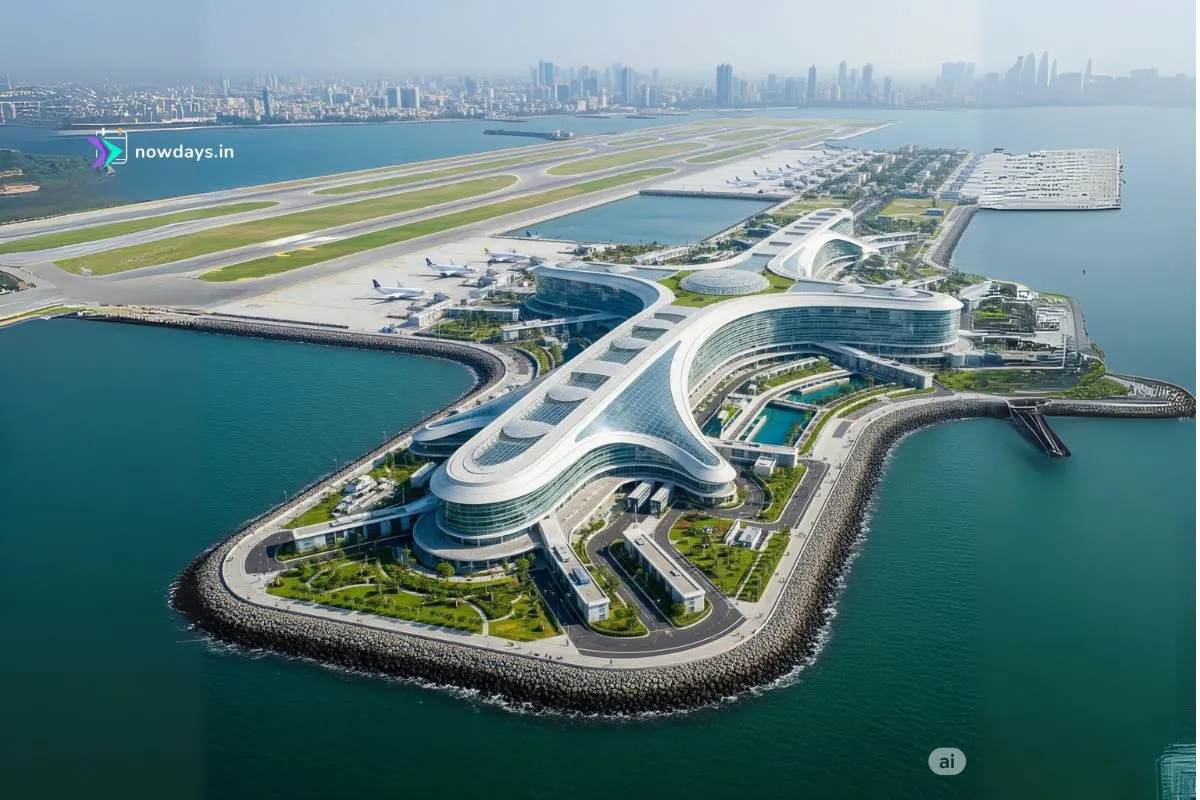




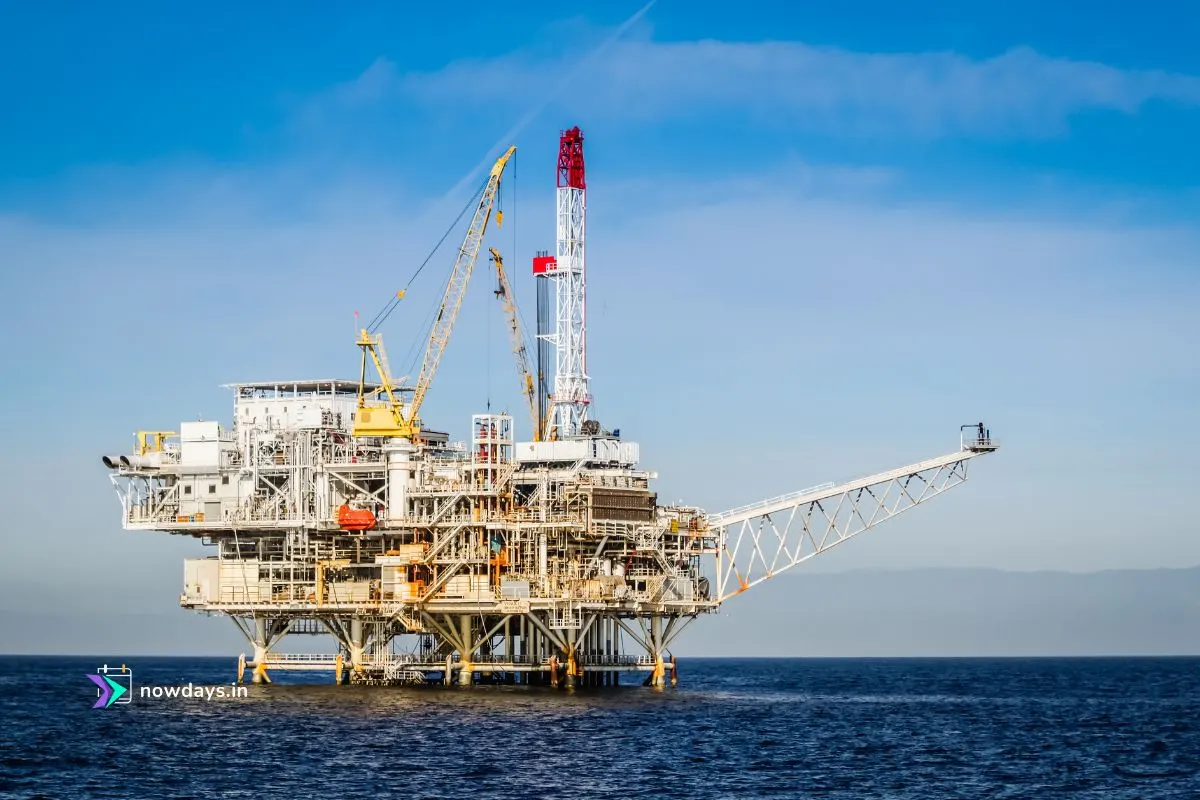

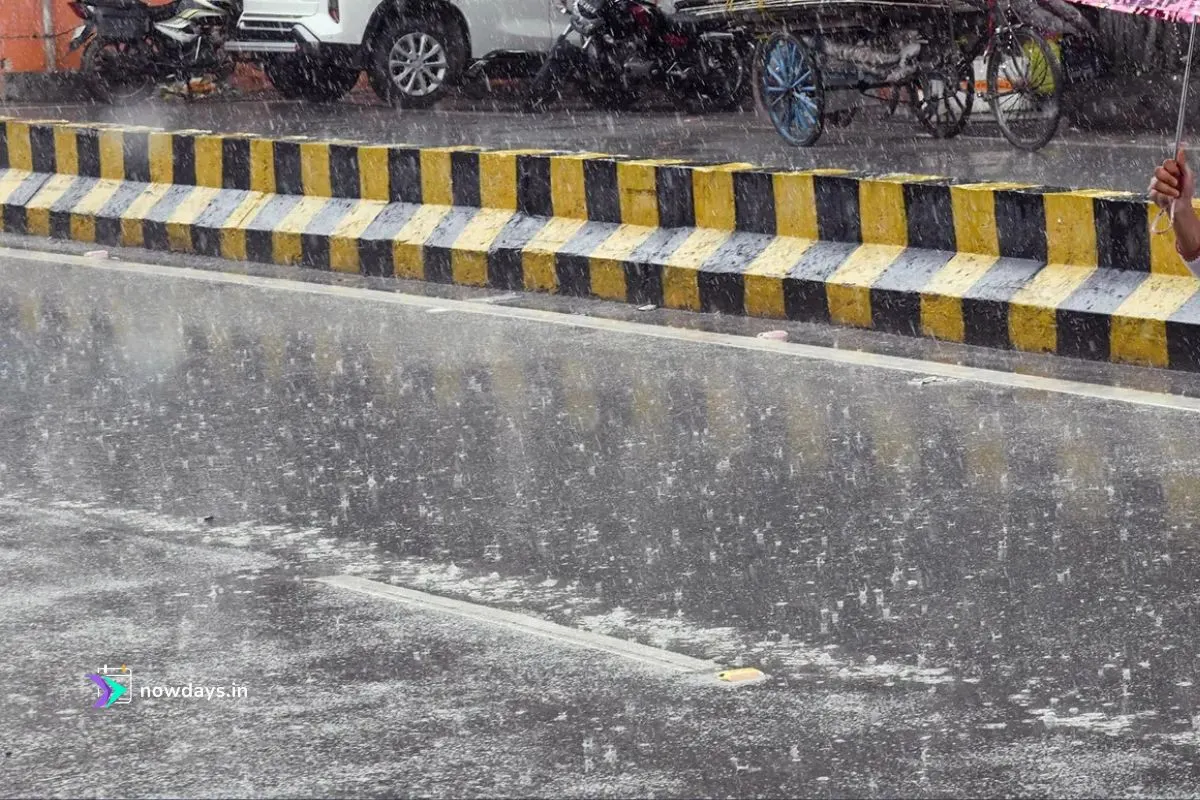

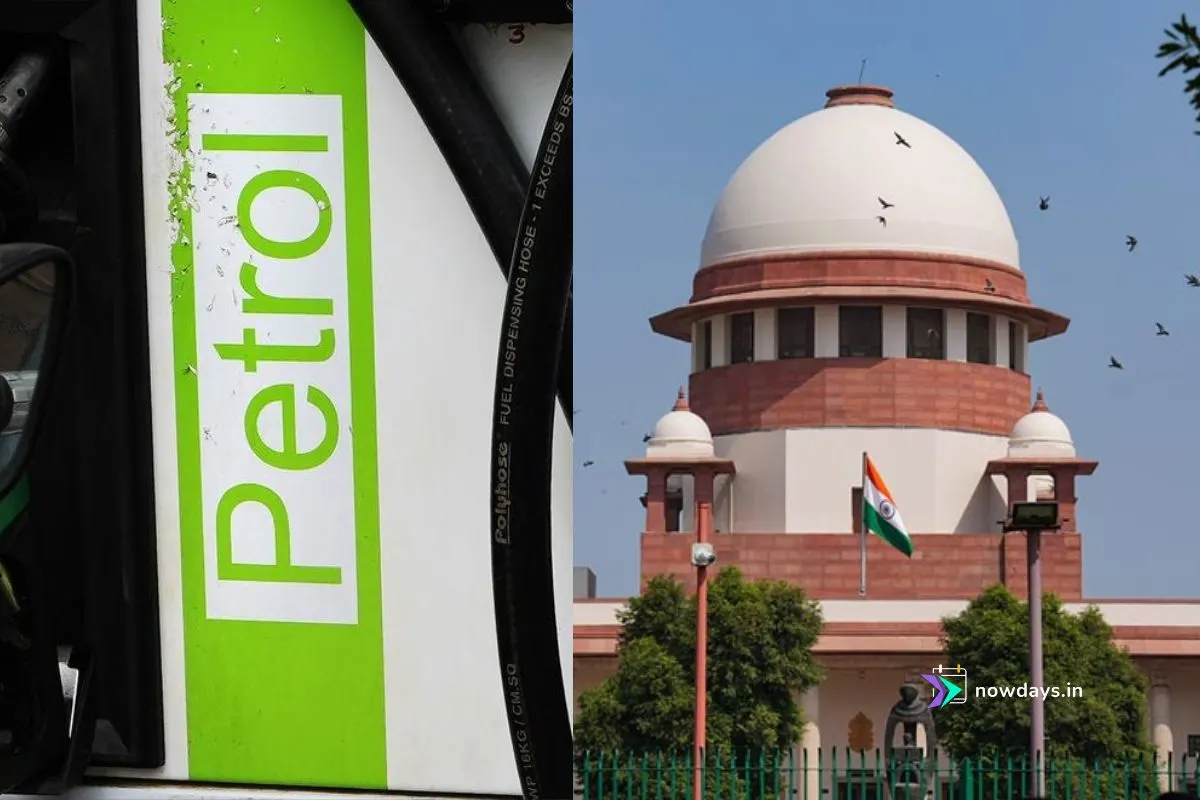

1 thought on “India’s First Offshore Airport to Be Built Near Vadhavan Port, Says Maharashtra CM”